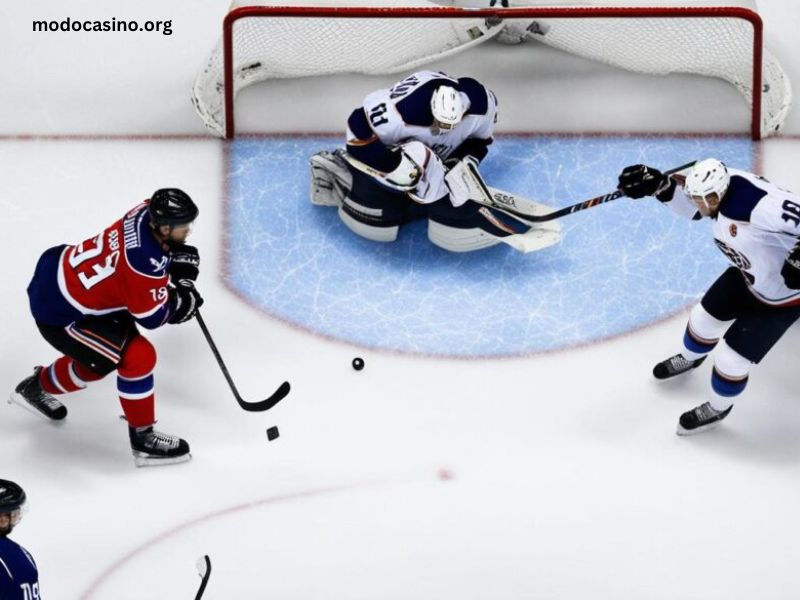Ice hockey, with its fast-paced action and strategic depth, is a beloved sport across the globe. Whether you’re a seasoned fan or a newcomer, understanding the structure and duration of a hockey game can enhance your viewing experience. This article explores the various aspects that contribute to the length of a hockey game, including periods, stoppages, overtime, and other factors that influence how long a game lasts.
The Basic Structure of a Hockey Game
An ice hockey game is typically divided into three periods, each lasting 20 minutes. This format is standard for both professional leagues, such as the NHL, and international competitions. The three-period format is designed to allow teams adequate time to showcase their skills while maintaining a manageable length for viewers.
Period Length
Each period of a hockey game is 20 minutes long, making the total regulation time 60 minutes. However, this does not mean that the game will always last exactly 60 minutes. Several factors contribute to the extension of a game’s duration beyond the initial 60 minutes of playtime.
Game Stoppages
Hockey games are filled with interruptions and stoppages, which can significantly impact the total duration. These stoppages are essential for the flow of the game and include the following:
- Timeouts: Each team is allowed one 30-second timeout per game. Timeouts are used by coaches to discuss strategy, make adjustments, or allow players a brief rest. Although timeouts are brief, they contribute to the overall length of the game.
- Injuries: When a player is injured, the game is stopped to allow medical staff to attend to the player. Injuries can lead to significant delays, especially if a player needs to be assisted off the ice or if the injury requires extended treatment.
- Penalties: Penalties result in stoppages of play. When a player is penalized, their team plays short-handed, and the game resumes after the penalty time has elapsed or the opposing team scores. The length of the stoppage depends on the nature of the penalty.
- Puck Out of Play: When the puck goes out of play, the game is stopped, and play resumes with a faceoff at one of the faceoff circles. The frequency of stoppages due to the puck going out of play can affect the overall game length.
- Commercial Breaks: In professional leagues like the NHL, commercial breaks occur during stoppages in play. These breaks are generally scheduled at specific intervals and add to the total duration of the game.
Intermissions
Between periods, there are intermissions, each lasting approximately 18 minutes. These breaks allow teams to rest, strategize, and make necessary adjustments. Intermissions also provide time for arena staff to resurface the ice, ensuring optimal playing conditions. The duration of intermissions contributes to the overall length of the game.
Overtime and Shootouts
If the game is tied at the end of regulation time, the game proceeds to overtime. The format for overtime and the potential for a shootout vary depending on the league and level of play:
- NHL Overtime: In the NHL, if the game is tied after the three periods, a five-minute sudden-death overtime period is played. During this time, the first team to score wins the game. If no team scores during overtime, a shootout determines the winner. The shootout consists of a series of one-on-one attempts between shooters and the opposing goalie. The duration of overtime and shootouts can vary, but they typically last between 10 and 20 minutes, including any additional overtime periods.
- International and Minor League Overtime: In international hockey and some minor leagues, the overtime format may differ. For example, the International Ice Hockey Federation (IIHF) uses a 10-minute sudden-death overtime period followed by a shootout if necessary. The specifics of the overtime rules can affect the total game length.
Factors Affecting Game Duration
Several other factors can influence the duration of a hockey game:
- Game Flow: The pace of the game can impact how long it lasts. A game with a lot of scoring, penalties, and stoppages will generally take longer than a game with fewer interruptions.
- Arena Conditions: The condition of the ice can affect the pace of play. If the ice is in poor condition, there may be additional delays for resurfacing, which can extend the game’s duration.
- Broadcast Requirements: In professional leagues, games are often broadcasted on television, and broadcasters may have specific time requirements for commercial breaks and other segments. These requirements can influence the length of the game.
- Replay Reviews: In recent years, video replay reviews have become more common in hockey games. These reviews, conducted by officials to ensure correct calls, can add time to the game, especially if multiple reviews are necessary.
Typical Game Duration
Given the various factors that influence game length, a standard hockey game typically lasts between 2.5 to 3 hours. This includes the 60 minutes of regulation time, intermissions, stoppages, and any additional time for overtime or shootouts. The exact duration can vary based on the specific circumstances of each game.
Conclusion
In summary, the duration of a hockey game is influenced by a combination of factors, including the structure of the game, stoppages, intermissions, and overtime procedures. While the standard regulation time is 60 minutes, the total length of a game can extend significantly due to stoppages, intermissions, and potential overtime. Understanding these elements can enhance your appreciation of the sport and provide a better perspective on the time commitment required to watch a full hockey game.




